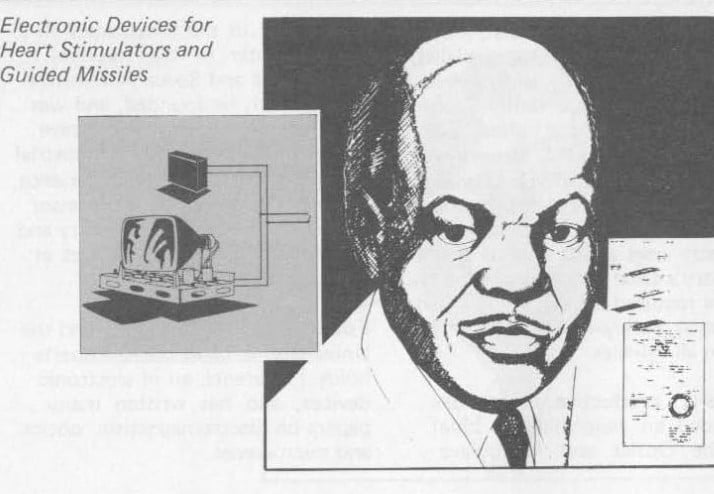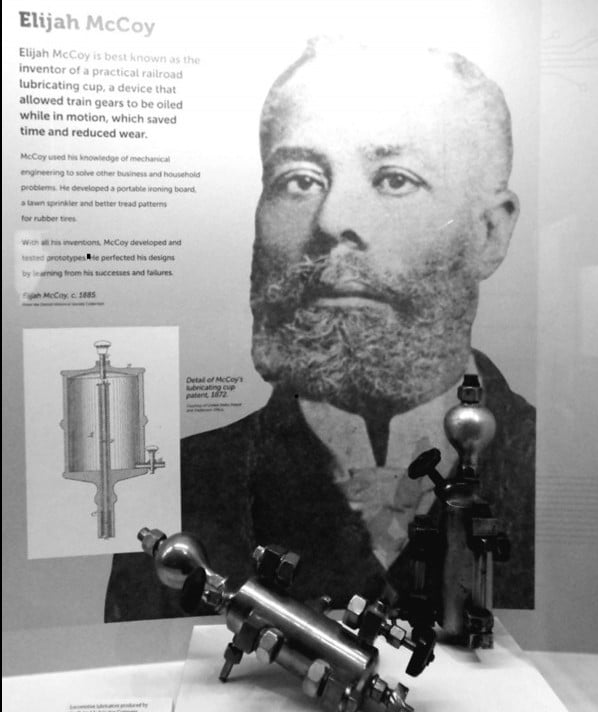Inventor Otis Boykin was born Aug. 29, 1920 in Dallas, Texas and died March 13, 1982. His most notable invention was an improved electrical resistor used in computers, radios, and various electronic devices.
On June 16, 1959, Boykin received a patent for a wire precision resistor. A resistor slows down the electrical current to keep the device functioning and to prevent too much electricity from passing through it. This particular resistor would be used in radios and televisions.
In 1964, Boykin moved to Paris. While there, he created electrical resistance components used in computers and resistors in guided missile systems. He also invented the chemical air filter and a burglarproof cash register.
He is also know for inventing a control unit for the pacemaker. The unit created electrical impulses to stimulate the heart and manage a steady heartbeat.
Overall, Boykin earned 11 patents and invented 28 different electronic devices.






